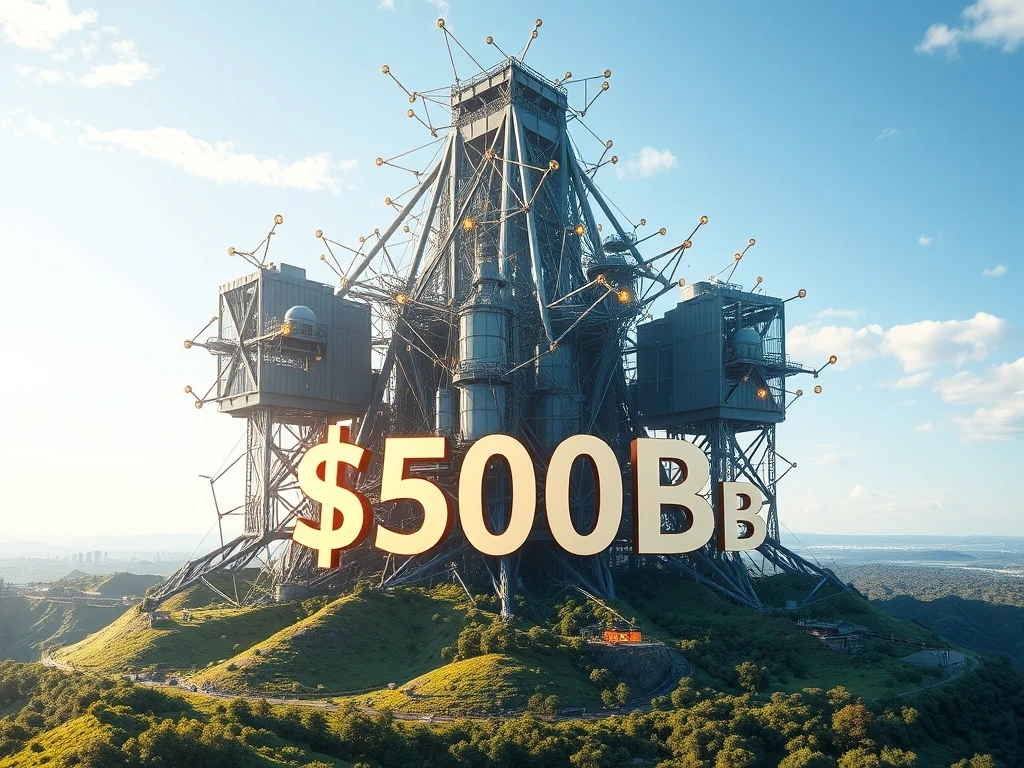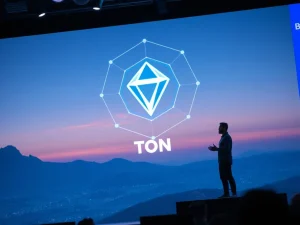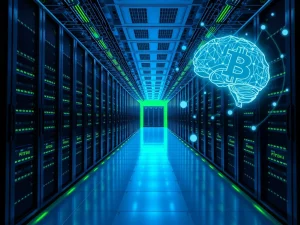OpenAI’s Monumental $500 Billion Valuation: Reshaping the AI Startup Landscape

The tech world is buzzing as OpenAI, the groundbreaking artificial intelligence firm, has achieved an astonishing OpenAI valuation of $500 billion. This monumental milestone not only solidifies its position as the world’s largest startup but also sparks crucial conversations within the cryptocurrency space. Many in crypto are now comparing their industry’s giants to this AI titan, pondering future synergies. Consequently, this development highlights the growing overlap between cutting-edge AI and blockchain technologies.
OpenAI’s Meteoric Rise to a $500 Billion Valuation
Artificial intelligence company OpenAI has become the world’s largest AI startup after reaching a staggering $500 billion valuation. This significant achievement came during a secondary share sale. Bloomberg reported on Thursday that current and former OpenAI employees sold $6.6 billion in stock. Prominent investors participated in this round. These included Thrive Capital, SoftBank Group Corp., Dragoneer Investment Group, Abu Dhabi’s MGX, and T.Rowe Price. This substantial investment round propelled OpenAI’s valuation to new heights. Significantly, it leapfrogged Elon Musk’s startup SpaceX, which has a market capitalization of approximately $400 billion. The company also dwarfed other major startups. For instance, ByteDance is valued at $220 billion, and Anthropic stands at $183 billion. This deal clearly demonstrates immense excitement around AI technology. Furthermore, it points to a growing overlap between AI and blockchain. Capital is increasingly flowing into both technologies, which are widely viewed as the next pillars of digital infrastructure.
Comparing OpenAI’s Scale to Top Crypto Companies
At a colossal $500 billion, OpenAI towers over many of crypto’s biggest players. According to Google Finance, Coinbase, the largest publicly traded crypto exchange, holds a market capitalization of about $89 billion. Even other highly promising crypto companies, including Ripple, Circle, and Binance, have not yet broken past the $100 billion barrier. However, with stablecoins gaining traction worldwide, issuer Tether might be the crypto company closest to rivaling OpenAI’s market cap. On June 7, Artemis CEO Jon Ma claimed that if Tether were to go public, it would command a valuation of $515 billion. This would potentially make it the 19th-largest public company globally. Tether CEO Paolo Ardoino responded to Ma’s projection. He stated that while $515 billion is a “beautiful number,” he considered this “a bit bearish.” This sentiment stemmed from their substantial Bitcoin and gold treasury. He also emphasized that there was “no need” for Tether to go public at this time. This demonstrates confidence in Tether’s current private structure.
The Intersecting Future of AI and Stablecoins
As AI and stablecoins both continue to enhance the development of digital infrastructure, many foresee significant synergies between the two. On September 3, Galaxy Digital CEO Mike Novogratz made a compelling prediction. He stated that AI stablecoins will become indispensable. Specifically, he believes AI agents will emerge as the biggest users of stablecoins. Novogratz’s predictions may have already started to materialize. Analysts have recently linked stablecoin transactions to bot activity. On Wednesday, CEX.io Research reported a notable trend. Over 70% of stablecoin transactions in the third quarter of 2025 are linked to bot activity. This data suggests a burgeoning role for automated systems in the stablecoin ecosystem. This connection underscores the increasing integration of AI-driven processes within the digital asset landscape. Consequently, stablecoins are becoming a vital component for these automated operations.
Strategic Investments in the AI and Blockchain Nexus
The convergence of AI and blockchain is not just theoretical; significant investments are flowing into this nexus. Novogratz’s Galaxy Digital has been particularly active in the AI business sector. On August 15, the company secured a substantial $1.4 billion loan. This funding aims to fast-track its Texas Helios AI datacenter project. The company anticipates the data center will generate over $1 billion annually. Furthermore, it will provide crucial physical infrastructure for CoreWeave’s AI and high-performance computing (HPC) operations. This strategic move by Galaxy Digital highlights the growing demand for robust infrastructure. Such infrastructure is essential to support advanced AI applications. The capital infusion into these areas reinforces the belief that AI and blockchain are not just parallel technologies but increasingly intertwined. Many crypto companies are exploring similar ventures. This creates a fertile ground for innovation and further integration between these two transformative fields. Consequently, these investments signal a long-term commitment to developing a hybrid digital economy.
Addressing the Evolving Challenges of AI Development
While AI continues its rapid growth, concerns about its sustainability are also rising. Akash founder Greg Osuri has voiced significant apprehension. He stated that AI’s energy requirements will become so intense that current energy grids will simply be unable to keep up. Speaking at Token2049 in Singapore, Osuri told Crypto News Insights that AI may soon need nuclear power to sustain its increasingly complex training models. He also advocated for more sustainable approaches to AI development. For example, he highlighted the potential of decentralized AI training. This method could distribute the computational load more efficiently. Such an approach might mitigate the intense energy demands on centralized systems. The conversation around sustainable AI is crucial. It ensures that technological advancement does not come at an unsustainable environmental cost. Therefore, innovative solutions are vital for the future of AI. The continued growth of the AI startup sector depends on addressing these critical infrastructure challenges effectively.
OpenAI’s remarkable $500 billion valuation signals a new era for technology and finance. It sets a new benchmark for startups globally. This achievement also compels the cryptocurrency industry to reflect on its own scale and potential. The burgeoning synergy between AI and stablecoins, coupled with strategic investments, points to a future where these technologies are deeply integrated. However, as AI progresses, addressing its energy demands becomes paramount. The ongoing dialogue about sustainable AI development will shape its long-term trajectory. Ultimately, both AI and blockchain are poised to redefine digital infrastructure, promising exciting yet challenging prospects.









